Ruins that whisper love and legacy
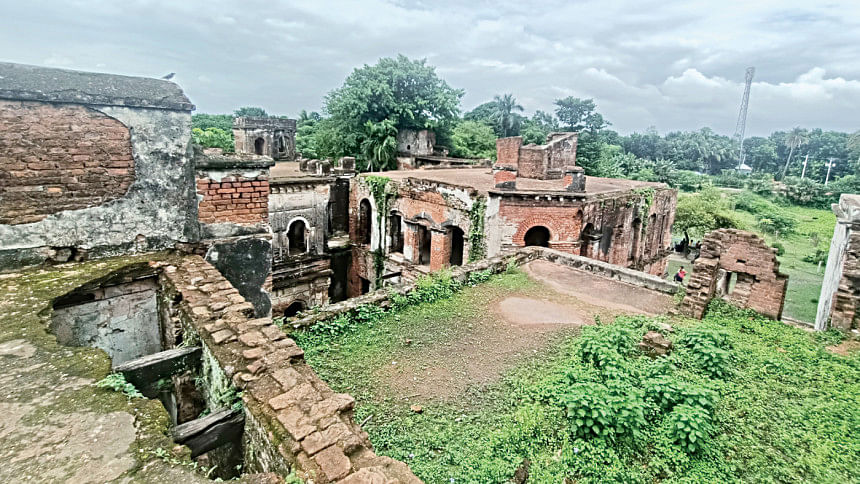
At first glance, a sigh escapes almost involuntarily.
Though it is referred to as a building, there is hardly anything left to justify the term. What remains is merely the skeleton of a house. Not a single door or window is intact, just the bare brick-and-stone structure.
Yet once upon a time, this place echoed with life and activity. The zamindar would sit in council, overseeing his estate, surrounded by attendants and employees rushing to fulfil his every order. As the sun dipped westward, melodies and verses would drift from the house in the evening air.
This is the story of Teota Zamindar Bari, a nearly 300-year-old mansion nestled on the bank of the Jamuna river in Shibaloy upazila of Manikganj.
While it may appear to be just another decaying zamindar residence scattered across Bangladesh, one element sets it apart -- Kazi Nazrul Islam, the "Rebel Poet" and National Poet of Bangladesh.
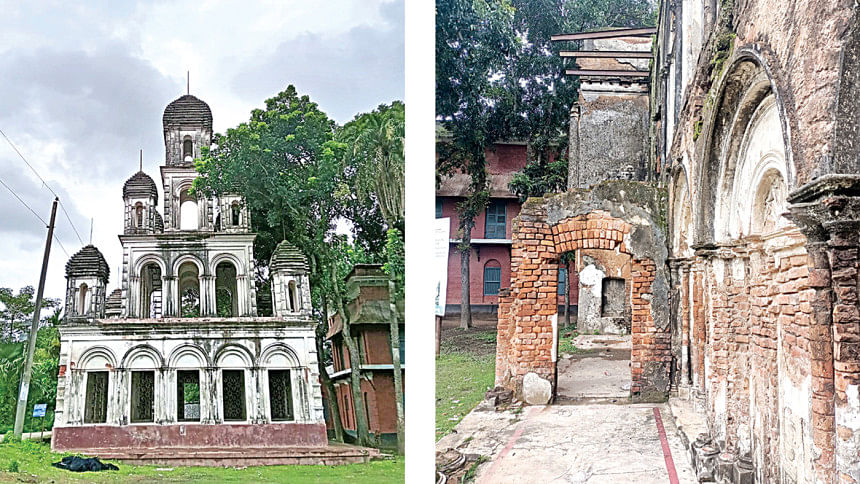
It was here that Nazrul was said to have been captivated by the beauty of Ashalata Sengupta, affectionately known as Dolona, or even more tenderly, Duli, by her elders. Today, she is remembered as Pramila Devi, a name given to her by Nazrul himself after they fell in love and married.
Legend has it that within the walls of this very house, Nazrul, enchanted by Pramila's grace, penned the immortal lines:
"Tumi sundar tai cheye thaki priyo Seki mor oporadh?"
(You are beautiful, that's why I keep staring at you, my love -- Is that my fault?)
It is important to note, however, that Pramila Devi herself was not a resident of the Teota Zamindar Bari. Her family lived in a neighbouring house near the estate.
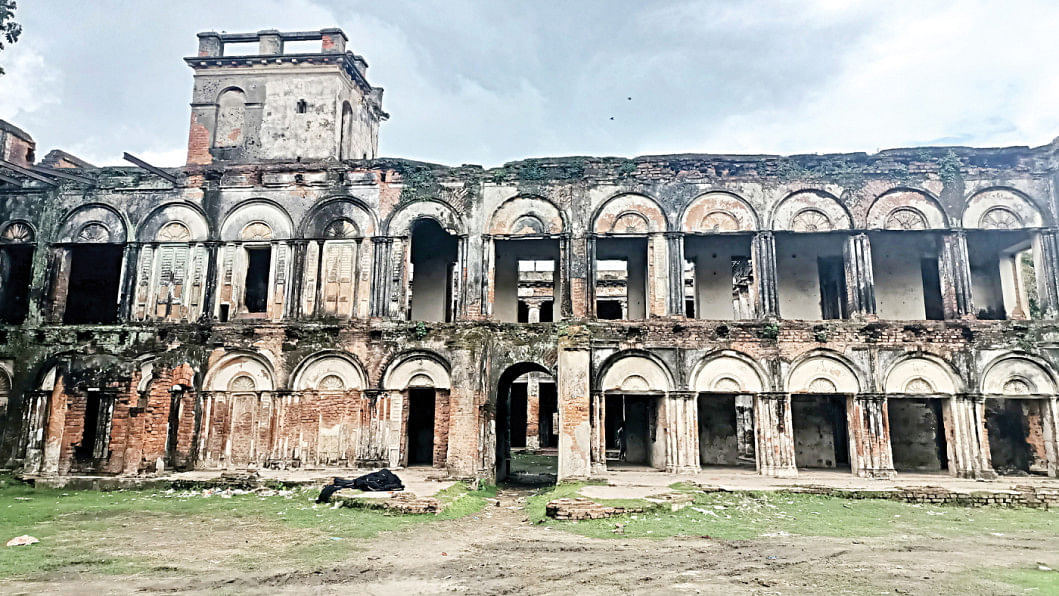
Sometime in the 1700s, a tobacco trader from North Bengal named Panchanan Sen laid the foundation of this magnificent mansion. Built on approximately 7.38 acres, the estate originally had 55 rooms. In front of the main house stands a towering Navaratna Temple built in 1858, which remains remarkably intact to this day. Rising 75 feet high, the structure is considered a rare architectural gem in the region.
According to local lore, Panchanan Sen was once a poor man who made his fortune cultivating tobacco in the Dinajpur area. Upon attaining wealth, he built this opulent palace. After his time, the estate was divided: the northern wing of the house came under Hemshankar Estate, while the southern portion was inherited by the Joyshankar Estate.
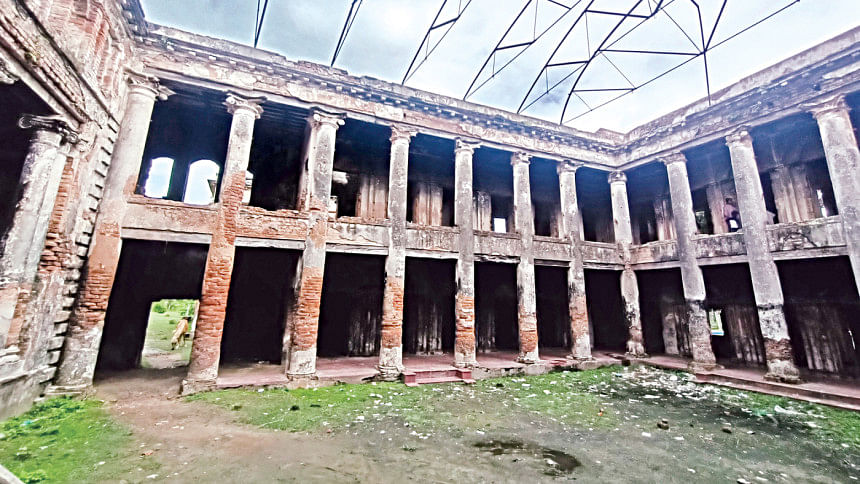
Each estate had its own natmandir, or temple pavilion, in front. On the east side, the Laldighi House served as the inner quarters for the zamindar families. The large pond -- Laldighi -- features two stone bathing ghats and a mysterious underground chamber or "blind well" to the south.
In front of the northern wing stands the magnificent four-storeyed Navaratna Temple, flanked on the first and second floors by four additional smaller temples on each side, making it a rare and elegant architectural layout.
Following the partition in 1947, both Hemshankar and Joyshankar, the last heirs of the estate, migrated to India. Since then, the Teota Zamindar Bari has remained abandoned.
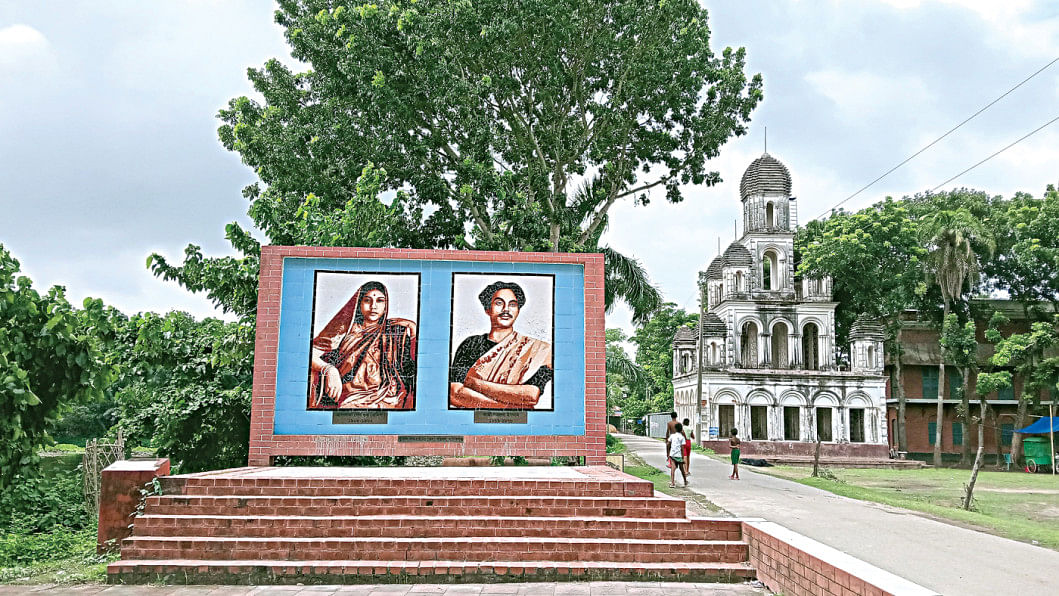
Local elders recount that around 1921, Nazrul visited the mansion to participate in a cultural programme, where he first laid eyes on Pramila. He was performing songs in the mansion's theatre while Pramila watched from the audience. From that moment began their enduring love story, culminating in marriage.
"Whenever Nazrul came here, the villagers would gather in huge numbers just to catch a glimpse of him," said Bajlur Rahman, an elderly local.
Today, the mansion's former glory has faded. The grand gates lie shattered, ceilings are cracked, and some rooms have partially collapsed. The interiors are damp and musty, with mould coating the walls. The dolmanch at the back of the main building is now half-ruined.
The once vast estate is now surrounded by informal settlements, and much of the land has been encroached upon. Some areas have been turned into cattle sheds. At night, the place reportedly attracts drug users and petty criminals, making it unsafe for visitors.
Arafat Hasan, a local youth, said, "The Department of Archaeology has put up some signboards, but no real restoration work has been done. We have cleaned the place a few times ourselves, but it's not a permanent solution."
Despite its dilapidated condition, the mansion and its surroundings still exude a quiet charm. The flowing Jamuna, serene ponds, towering old trees, and ancient temples create a timeless landscape. Yet there are no guides, no visitor facilities, no toilets, and no security presence. As a result, most tourists leave shortly after arriving.

For admirers of Nazrul's poetry and music, this could have been a major pilgrimage site. Although small-scale events are held here annually on Nazrul's birth anniversary, there are no official initiatives from the government to develop or preserve the site.
"I came just to see the place where Nazrul and Pramila's love blossomed," said Wakil Ahmed, a visitor from Dhaka. "But seeing it in this condition saddened me deeply. The government should take proper care of it."
Contacted, Deputy Commissioner of Manikganj Dr Manowar Hossain Molla told The Daily Star, "The historical significance of the mansion is undeniable. The Ministry of Cultural Affairs is aware of all these issues. I hope that these will be implemented in phases."
However, locals say they have heard similar promises for years, with no substantial progress.
Rafiqul Islam Chowdhury, research secretary of the International Nazrul Charcha Kendra, said, "There is an area full of memories of Nazrul and his wife. As far as I know, around Tk 6.24 crore was allocated for the Nazrul Memorial and Research Centre in 2021 in memory of Nazrul. But due to lack of financial capacity, that work was not implemented."
"We demand the construction of a cultural and conference centre by renovating the Kachari house of the Teota zamindar estate, which is associated with the memory of Nazrul and Pramila," he said.
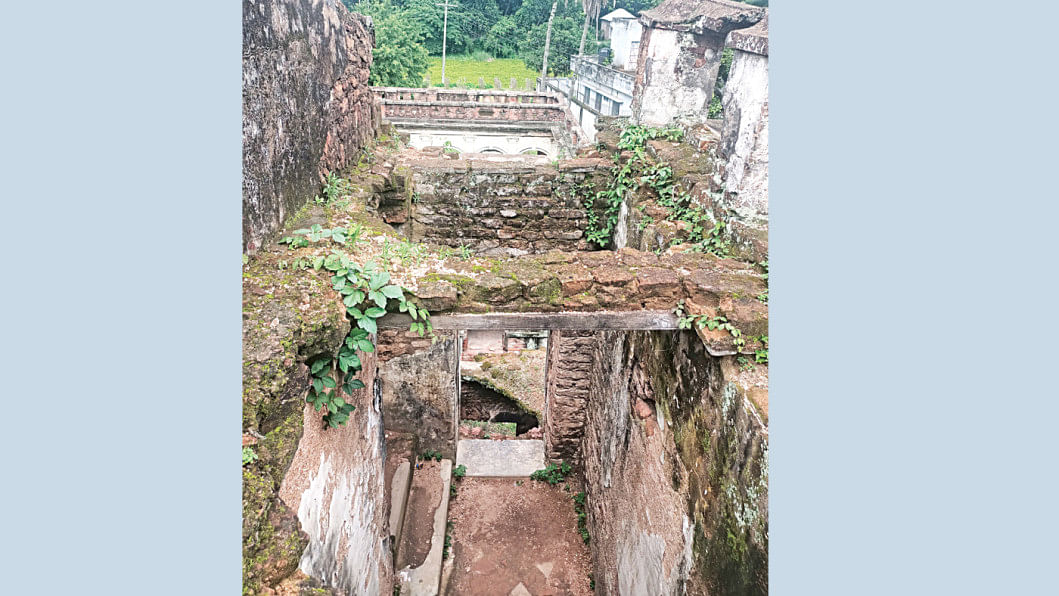
"A mansion is not just bricks and mortar. Teota Zamindar Bari embodies history, politics, literature, love, and culture all intertwined. Yet this heritage is fading before our eyes," he added.
All the visitors seem to agree with him.
They said in unison that if we do not act now, if the government does not take effective steps for its preservation, one day this place will exist only in books and memories, described wistfully as: "Once upon a time, on the banks of the Jamuna, there stood a zamindar mansion where Nazrul and Promila's love first took flight."
(Our Manikganj correspondent contributed to this story.)

 For all latest news, follow The Daily Star's Google News channel.
For all latest news, follow The Daily Star's Google News channel. 

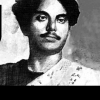






Comments